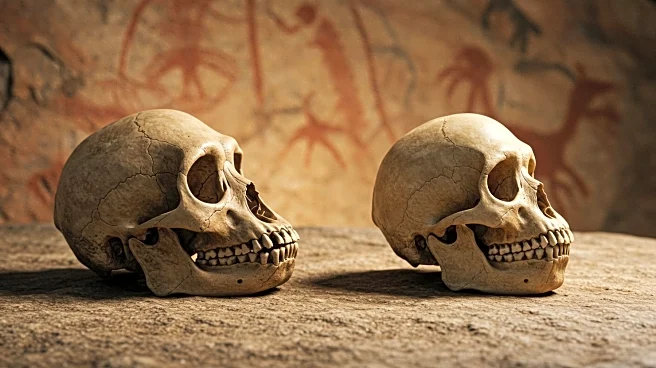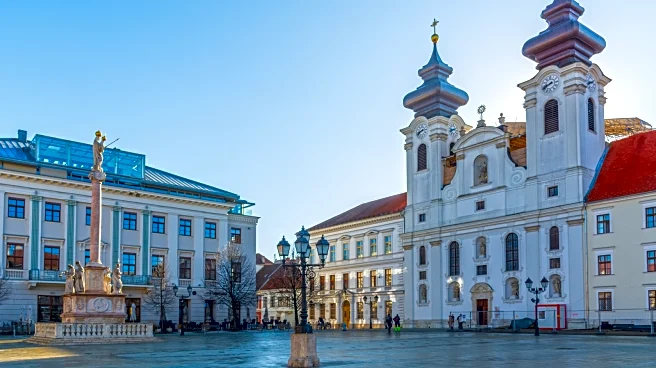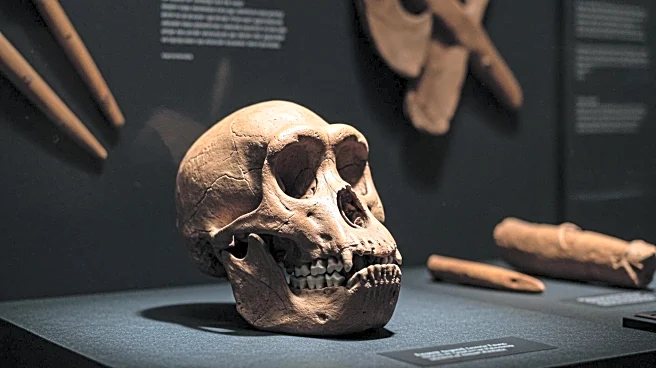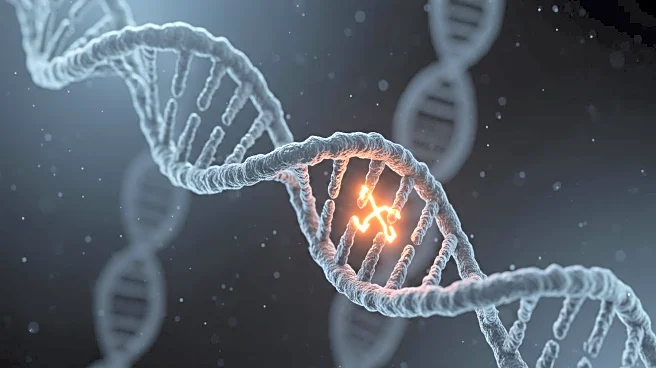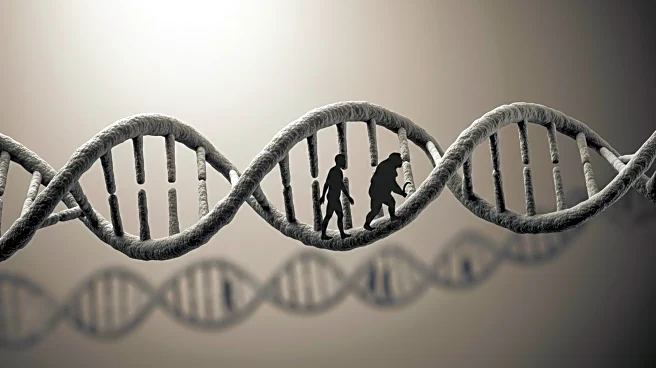Rapid Read • 7 min read
A study conducted by the University of Geneva, in collaboration with other institutions, has revealed that during the Neolithic expansion in Europe, early farmers migrating from Anatolia coexisted and gradually interbred with local hunter-gatherers. Using computer simulations and ancient genetic data, researchers found that population mixing increased locally over time as farmers advanced along the 'Danube route' toward Central Europe. The study, published in Science Advances, provides new insights into the demographic dynamics of this pivotal period in human history.
AD
The findings challenge previous assumptions about the Neolithic transition, suggesting it was not characterized by violent confrontation or complete replacement, but rather by prolonged coexistence and increasing levels of interbreeding. This nuanced understanding of the Neolithization process highlights the complexity of human migration and cultural exchange. It also underscores the importance of combining genetic data with modeling approaches to reconstruct historical events, offering valuable perspectives on human evolution and societal development.
Further research may explore the implications of these findings for understanding the genetic and cultural legacy of Neolithic populations in Europe. The study could prompt new investigations into other regions and periods of human history where similar interactions may have occurred. Additionally, the methodologies used in this research could be applied to other archaeological and genetic studies, enhancing our ability to interpret ancient human dynamics.
The study raises questions about the nature of cultural and genetic exchange in human history, challenging simplistic narratives of migration and colonization. It highlights the role of cooperation and coexistence in shaping human societies, offering lessons for contemporary issues of migration and cultural integration. The research also contributes to broader discussions about the interconnectedness of human populations and the shared heritage of diverse communities.
AD
More Stories You Might Enjoy


